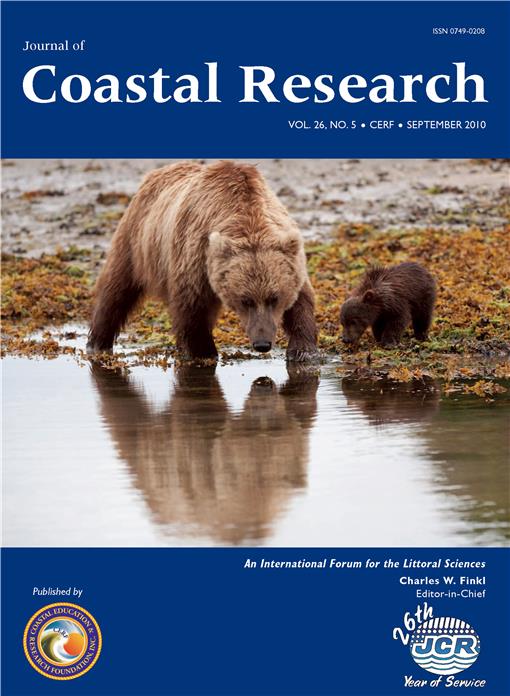Artificial beach nourishment can significantly modify original beach colour, altering an important component of the coastal landscape; this can produce deleterious environmental effects and potentially induce controversies among stakeholders, leading even to litigation. This paper reviews some of these impacts, discusses chromatic compatibility of borrow sediments, and proposes techniques to assess it. Further, it evaluates the preference of beach users towards different sand colours through 320 interviews held at natural and nourished beaches in Italy using Munsell and CIE L*a*b* colour spaces. Results show that colour acceptance is significantly related to sand lightness, though in some cases different preferences were due to memories and sensations related to the colour of original or idealised beaches. The study confirmed the preference of beach users towards light-colour sand and showed that nourishments that use sediment of a new colour can influence the degree of appreciation of light and dark sands. Results from this study were further applied to the specifications of a bid for a beach fill project, setting the colorimetric coordinates in CIE L*a*b* space for sediments considered suitable for the nourishment of a particular beach in Tuscany.
How to translate text using browser tools
1 September 2010
Sand Colour Rating and Chromatic Compatibility of Borrow Sediments
Enzo Pranzini,
Daniela Simonetti,
Giovanni Vitale
ACCESS THE FULL ARTICLE
Beach
beach habitat
beach nourishment
CIE L*a*b*
coastal management
Munsell
sediment colour





